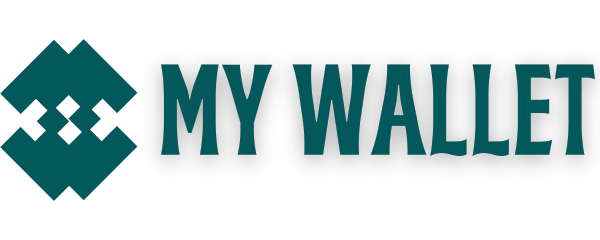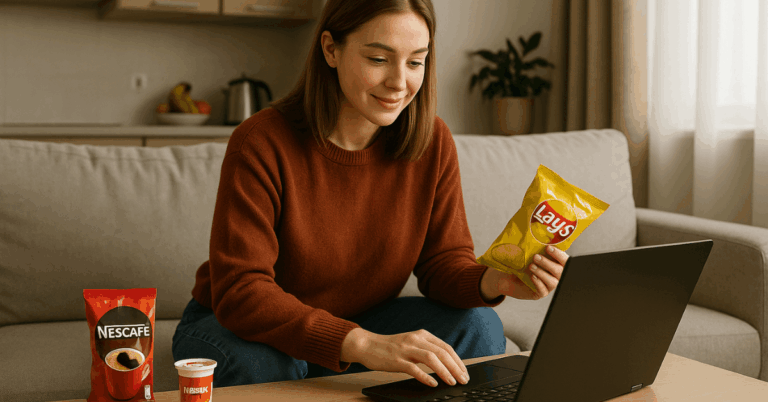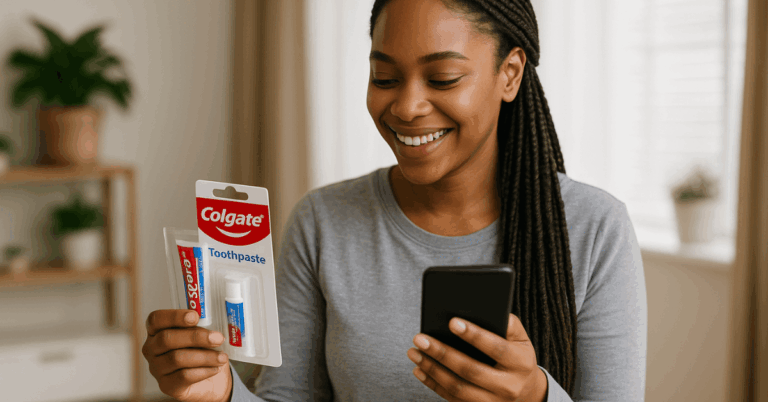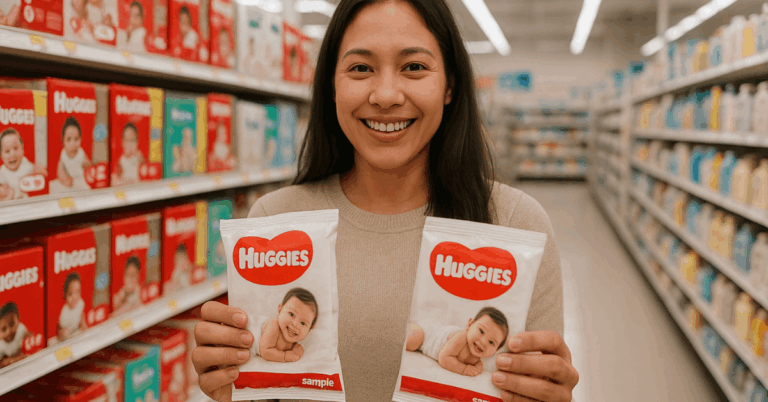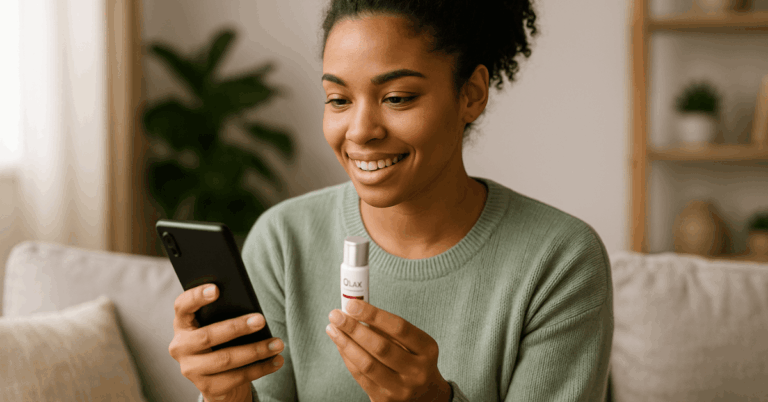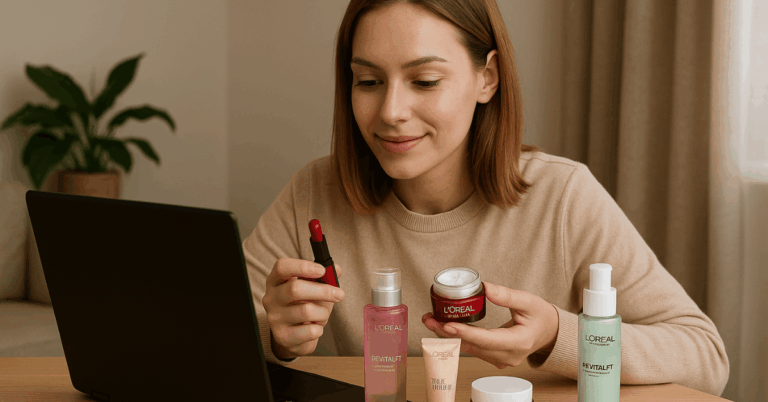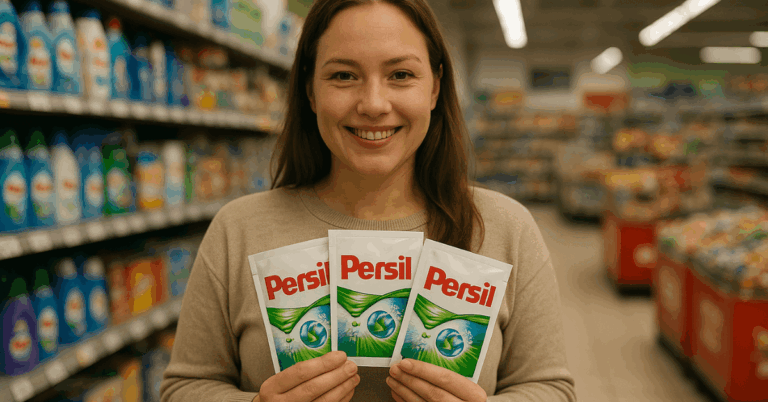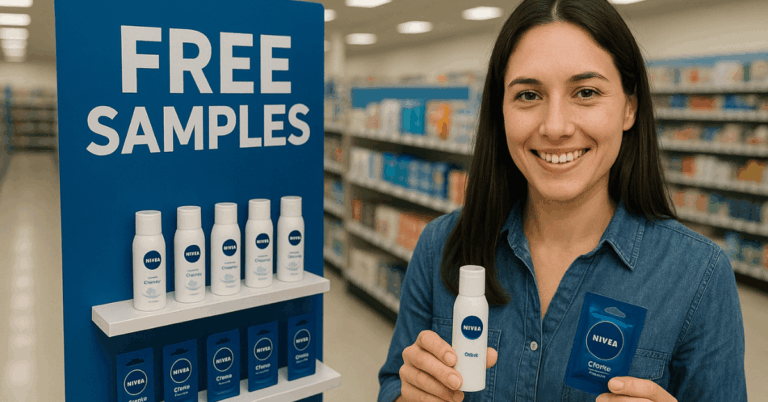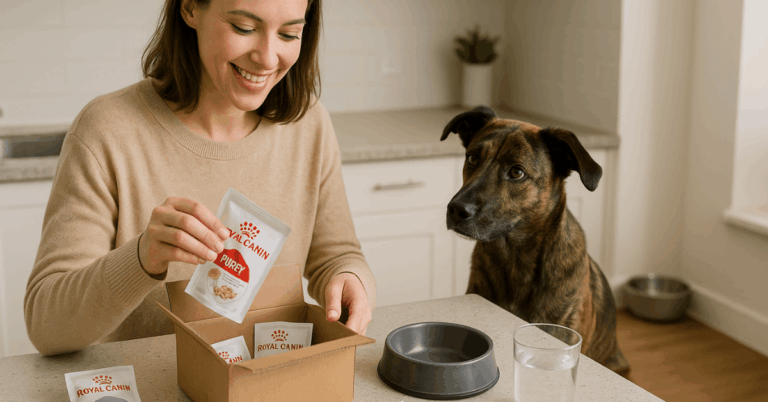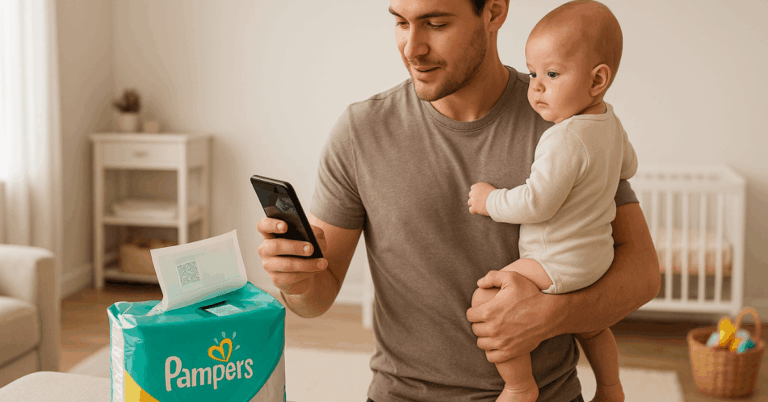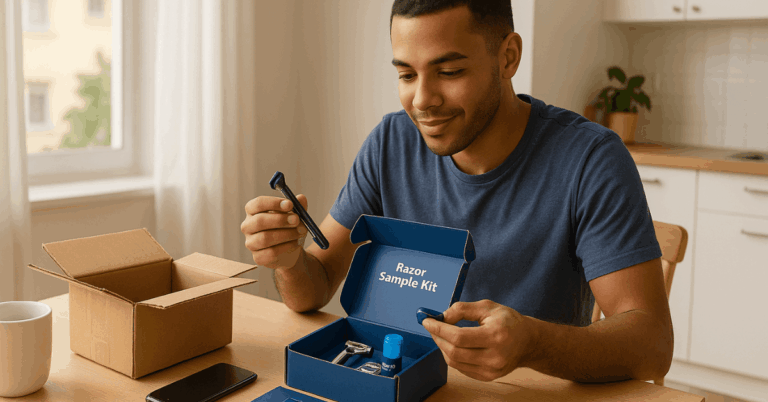Across global markets, Unilever Free Samples let budget-minded shoppers test products under real conditions before buying full sizes.
Sampling windows open and close quickly, and the most reliable routes cluster around official brand properties, retailer programs, and verified sampling communities.
Acting through trusted channels protects personal data while raising approval odds for limited-run campaigns. Practical steps below consolidate the safest pathways, common pitfalls, and simple tactics that consistently secure trial packs.
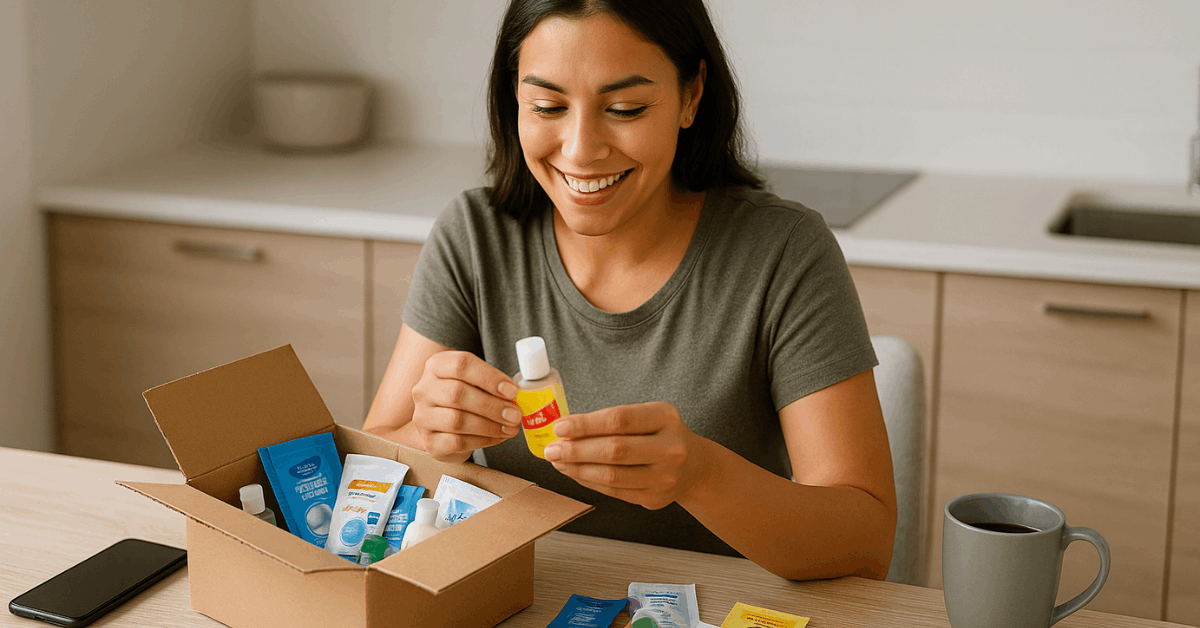
What Unilever Free Samples Cover
Under typical campaigns, Unilever distributes small formats across personal care, home care, and selected foods to drive awareness and gather usage feedback.
Expect rotation by season or innovation cycle, since brands often time giveaways to formula updates, new scents, or packaging changes.
Household names such as Dove, Axe, Vaseline, Knorr, Persil, and Domestos appear frequently, while availability varies by region, eligibility rules, and shipping capacity. Registration details usually include name, address, and short preference questions designed to match products to likely users.
Where to Find Official Offers
Clear, official pipelines deliver the highest legitimacy and the lowest risk of spam. The routes below concentrate announcements, forms, and confirmation emails in places controlled directly by Unilever and its brand teams.
Official Websites
Corporate and brand sites occasionally publish sample forms tied to launches or refreshed bestsellers. Forms typically request basic identity and shipping information, then send confirmations once quotas are reached.
Regular checks during seasonal refreshes capture most opportunities before stock depletes.
Brand Pages
Individual brand hubs for Dove, Axe, TRESemmé, Vaseline, Persil, and Knorr sometimes host short-window request pages. Following brand news sections or promotions hubs reduces the chance of missing a mid-cycle drop.
Newsletters
Opt-in email lists for flagship brands push early alerts, single-use claim links, or subscriber-only coupon codes. Clean inbox filtering keeps these messages visible, while unsubscribe options maintain control if a brand stops aligning with personal needs.
Promotional Campaigns
Launch waves commonly run around holidays, back-to-school, or summer grooming periods. Fast completion of forms during the first day of a campaign improves fulfillment odds, especially for high-demand hair care or deodorant formats.
Retailer and Partner Routes
Retailers amplify access through loyalty ecosystems, delivery partners, and occasional in-store activations. Short, focused monitoring captures most third-party opportunities when they surface.
Major Retailers
Large chains such as hypermarkets, drugstores, and grocers often host limited quantities for pickup or bundled shipping. Online product pages or promotion hubs announce sample packs while supplies last.
Loyalty Programs
Member dashboards sometimes feature claimable gifts, targeted offers, or coupon-plus-sample bundles. Consistent purchases in a category can trigger more relevant trial invites over time.
Grocery Delivery Services
Delivery platforms periodically drop sample assortments into qualifying baskets, especially during new-user or seasonal pushes. Notification settings inside retailer apps help surface these add-ons early.
Online Retail Campaigns
Retailer microsites run short application forms or digital voucher exchanges that convert into shipped sachets or on-receipt redemptions. Early mornings during campaign week typically see the widest availability.
Sampling Apps and Aggregator Sites
Short mobile workflows save time when limited-run campaigns go live. Legitimate aggregators and retailer apps announce fresh drops, while basic verification checks keep data safe.
- Quick screening prevents wasted effort across third-party lists. Apply these signals before submitting details anywhere outside official brand or retailer domains.
- Site or app displays clear brand or retailer attribution and policy pages.
- Forms collect only essential shipping details, never payment card information.
- Pages avoid aggressive pop-ups, unrelated downloads, or misleading redirects.
- Listings show recent update timestamps and retire expired offers promptly.
Trusted communities sometimes highlight Home Tester Club Unilever activations or regional drops on reputable forums, yet offers should still be verified against brand pages before applying.
Social Media and Influencer Giveaways
Across Facebook, Instagram, TikTok, and YouTube, verified brand accounts occasionally post flash forms, quiz-based entries, or influencer code redemptions.
Following core hashtags for product testing surfaces time-limited windows within minutes, which matters because quantities rarely survive long.
Commenting constructively, completing required steps, and avoiding duplicate entries reduce disqualification risk while improving visibility for future waves.
Step-by-Step: Requesting Samples Efficiently
Streamlined steps prevent missed fields, duplicate entries, and slow approvals. Keep a minimal toolkit ready so application forms take less than a minute.
- Create a dedicated email plus filtered folders to capture confirmations and claim links immediately.
- Complete brand or sampling-site profiles fully, including hair type, skin concerns, and household size for better matching.
- Prioritize offers aligned to real needs, since irrelevant requests sometimes trigger internal screening flags.
- Submit once per person and address, then save on-screen or email confirmations for quick reference.
- Check status weekly; if a parcel fails to arrive after the stated window, use consumer-care channels rather than resubmitting duplicates.
Eligibility, Terms, and Privacy Basics
Consent screens commonly limit one sample per person and per address, restrict employee participation, and allow organizers to modify timelines without prior notice.
Shipping windows often stretch several weeks, particularly during high-volume periods or cross-border logistics. Privacy notices explain how submitted data supports fulfillment, product research, and future promotions; opt-out controls usually sit within email footers or account settings.
Consumer-protection guidance consistently warns against entering card details for “free” samples, since legitimate campaigns do not require payments to ship trial sizes.
Specialty Channels for Professionals and Schools
Professional programs deliver larger formats when the audience serves clients or students. Culinary teams can request Unilever Food Solutions samples, for example, Knorr bouillons or sauces, to evaluate yields, workflows, and flavor profiles in real kitchens.
Healthcare and beauty professionals sometimes receive dermatology or hair-care kits accompanied by literature for patient or client education.
Schools occasionally qualify for hygiene education packs during seasonal initiatives, particularly where curriculum resources accompany the samples.
Regional Notes and Examples
Across the United States, the TryUnilever platform periodically lists beauty and home-care trials and routes surveys that unlock follow-on coupons. Within the United Kingdom, community testing sites frequently coordinate reviews of personal-care launches in exchange for short product feedback.
Canada sees seasonal waves through national sampling portals that bundle Dove, Vaseline, or Persil sachets into mixed kits. India’s active testing communities often spotlight Sunsilk or Pond’s trials during festival seasons, with clear terms around one-per-household fulfillment.
The Philippines occasionally runs digital claim forms through retailer partners and social channels, then executes fulfillment through local logistics. Many African and Latin American markets lean on in-store activations or school partnerships, while retailer coupons supplement sample shortages during certain months.
Mistakes that Block Approvals, and Practical Fixes
Duplicate entries across multiple emails or minor address variations often look like abuse to automated systems, which can suppress eligibility for future drops.
Skipping terms and conditions can lead to mismatches in age, region, or product suitability, so careful review prevents wasted submissions.
Late claims after posted deadlines rarely succeed, especially where quantities were tightly capped from the start. Quick fixes include accurate profile completion, single-entry adherence, and calendar reminders for seasonal launch windows.
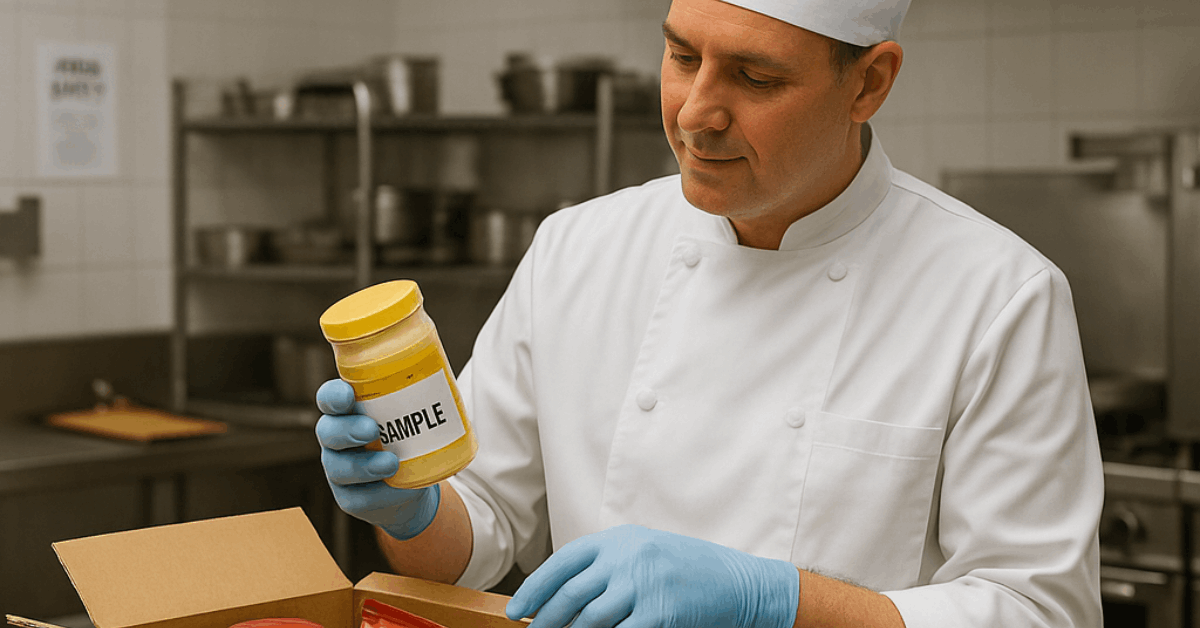
Core Channels at a Glance
Intro: A compact view helps prioritize weekly checks without monitoring every platform daily. Focus energy where legitimacy, frequency, and global reach overlap most.
| Channel Type | Typical Examples | Primary Advantage | Availability Scope |
| Official Unilever portals | Brand sites, promotions hubs | Highest legitimacy and clearest terms | Multi-region, campaign-based |
| Independent sampling communities | PINCHme, SampleSource, TryAndReview | Broad product mix and user reviews | Selected regions, recurring |
| Retailer apps & loyalty | Major grocer or pharmacy apps | Targeted offers plus digital coupons | Wide retail footprints |
| Social giveaways | Verified brand and influencer accounts | Fast flash claims and limited editions | Global, shipping dependent |
| Professional programs | Culinary and healthcare networks | Larger formats for workplace testing | Industry-verified segments |
Storage, Trial, and Feedback Tips
Simple handling boosts the value of each sachet or mini bottle after approval. Cool, dry storage preserves formula integrity, and writing the receipt month on each sample helps rotate older packs first.
Controlled trials outperform full routine overhauls; swap one shampoo, one conditioner, or one body lotion at a time to isolate results.
Patch tests over forty-eight hours on a small area identify sensitivity before wider application. Short notes in a phone app capture fragrance longevity, texture, and performance, which speeds later purchase decisions.
Legit-Check Playbook for Safety
Because scams cluster around words like “free” and “limited,” basic controls keep submissions clean. Secure pages should display https and recognizable brand or retailer domains.
Payment details have no place in sampling forms, and requests for unusual document uploads should trigger immediate caution.
Community threads can confirm recent deliveries, yet screenshots alone should not replace official confirmation emails. Consumer care channels remain the correct pathway for clarifying unclear instructions or unexpected delays.
Conclusion
Securing Unilever Free Samples consistently depends on trusted channels, precise applications, and steady monitoring during launch windows.
Official portals, retailer programs, professional networks, and verified sampling communities supply most legitimate opportunities, while quick but accurate submissions keep approval rates high.
Careful storage and structured testing reveal product fit without overspending, and simple privacy hygiene preserves control over personal data while participating in promotions.
